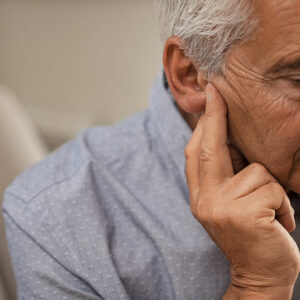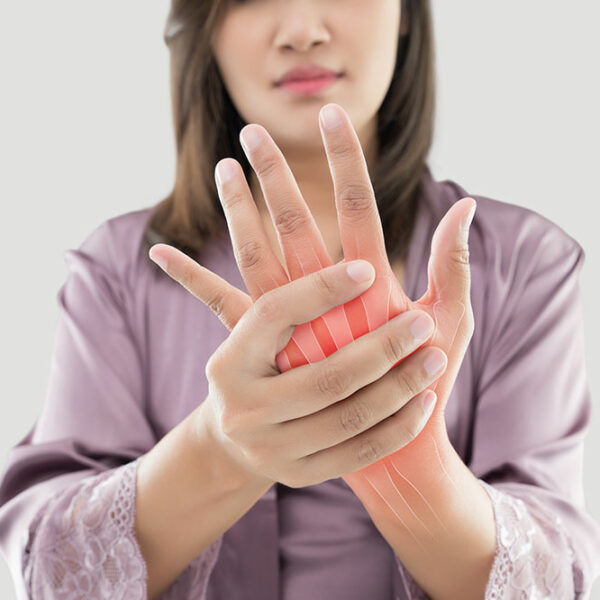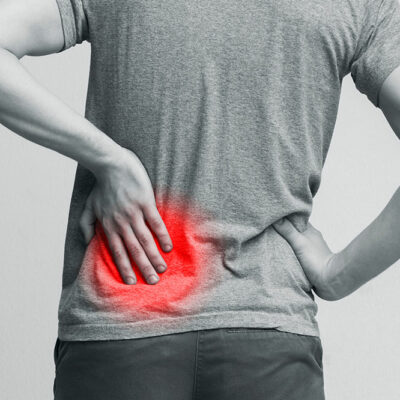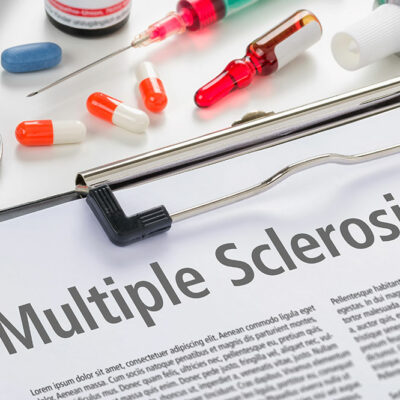Types of foods to be avoided by Crohn’s disease patients

Crohn’s is a type of inflammatory bowel disease believed to occur due to poor eating habits and stress. This disease causes uncomfortable symptoms such as pain in the lower abdomen, bowel obstruction, nausea, and inflammation. One of the main ways to manage the condition is by cultivating proper eating habits. One can aggravate its symptoms by having oily or fatty food. Thus, here is a list of things to avoid if you have Crohn’s disease.
Foods to avoid by those with Crohn’s disease
Whole grain
Food items that contain higher amounts of fiber can cause irritation with Crohn’s. These items are more difficult to digest and further pressurize the gastrointestinal tract. So, avoid whole grain foods or switch to gluten-free.
Specific fruits and vegetable
Fruits and vegetables have huge health benefits. However, some of them can have a negative impact on Crohn’s. You should reduce the intake of or avoid including certain foods in your meals. Examples of foods to leave out of meal plans are gassy foods such as broccoli and cabbage and any vegetables and fruits with the skin and seeds intact.
Nuts and seeds
People tend to gravitate towards nuts and seeds for their beneficial nutrients, vitamins, and minerals. However, the nuts and seeds can be rough on people with Crohn’s disease. Their sharp edges are not crumbled into tiny pieces in the intestine, possibly causing damage to the gastrointestinal tract. Therefore, if you want to eat seeds or nuts, you can make them into a paste first or try them in semi-solid forms like peanut butter.
Sweeteners
Refined sugar or sugary drinks like lemonade, or soda, can cause diarrhea to flare up. The sweeteners used in products go by the names—Maltitol, sorbitol, and xylitol. These ingredients are not absorbed completely in the intestine. Thus, resulting in diarrhea, gas, and bloating.
Spicy foods
There is no denying that spicy foods cause irritation in the GI tract and adversely affect bowel movements. Dipping your sandwiches in hot chili sauce, having spicy curries, and the like can cause inflammation in your intestines and stomach lining.
Fried foods
It is recommended for most of us to eat fried foods in strict moderation since these items are rich in trans fats, which harm the body over time. However, if one has Crohn’s, they must avoid fried, greasy foods completely as it exacerbates their chances of developing further health conditions.
Coffee and chocolates
While coffee and chocolates can be difficult to avoid, they are not the best choice for individuals with Crohn’s disease. Caffeine increases the wave-like motion in the GI tract, leading to waste moving through the system faster. This can, in turn, add pressure to the system.
Dairy products
Individuals diagnosed with Crohn’s disease are likely to face digestive problems. They will also have an inability to properly break down whole-fat milk and other rich dairy products. It is suitable and more dependable to switch to other milk alternatives like soy or almond milk. Go with harder cheeses rather than soft ones like mozzarella cheese. Harder cheeses have less lactose than soft cheeses.










